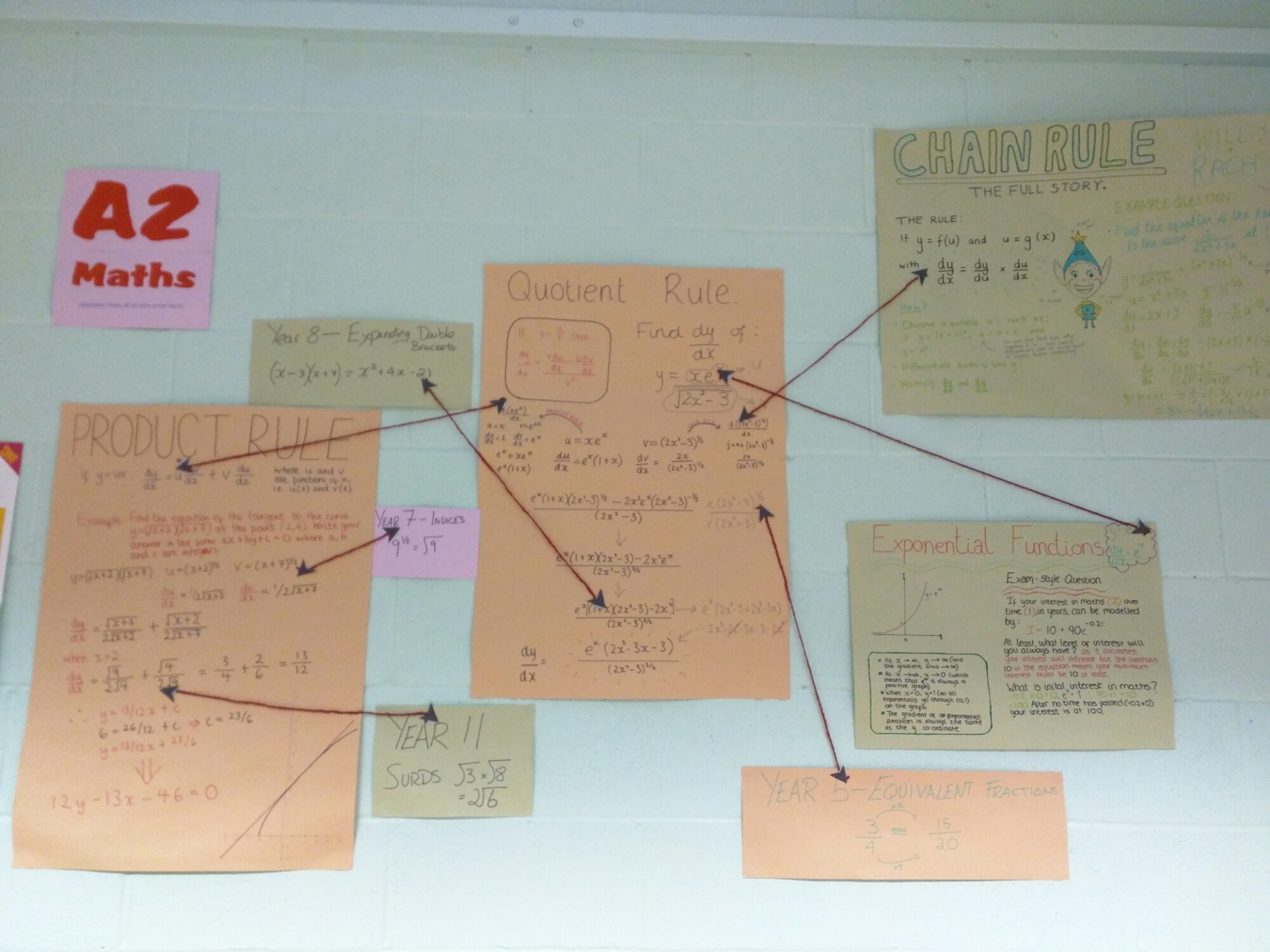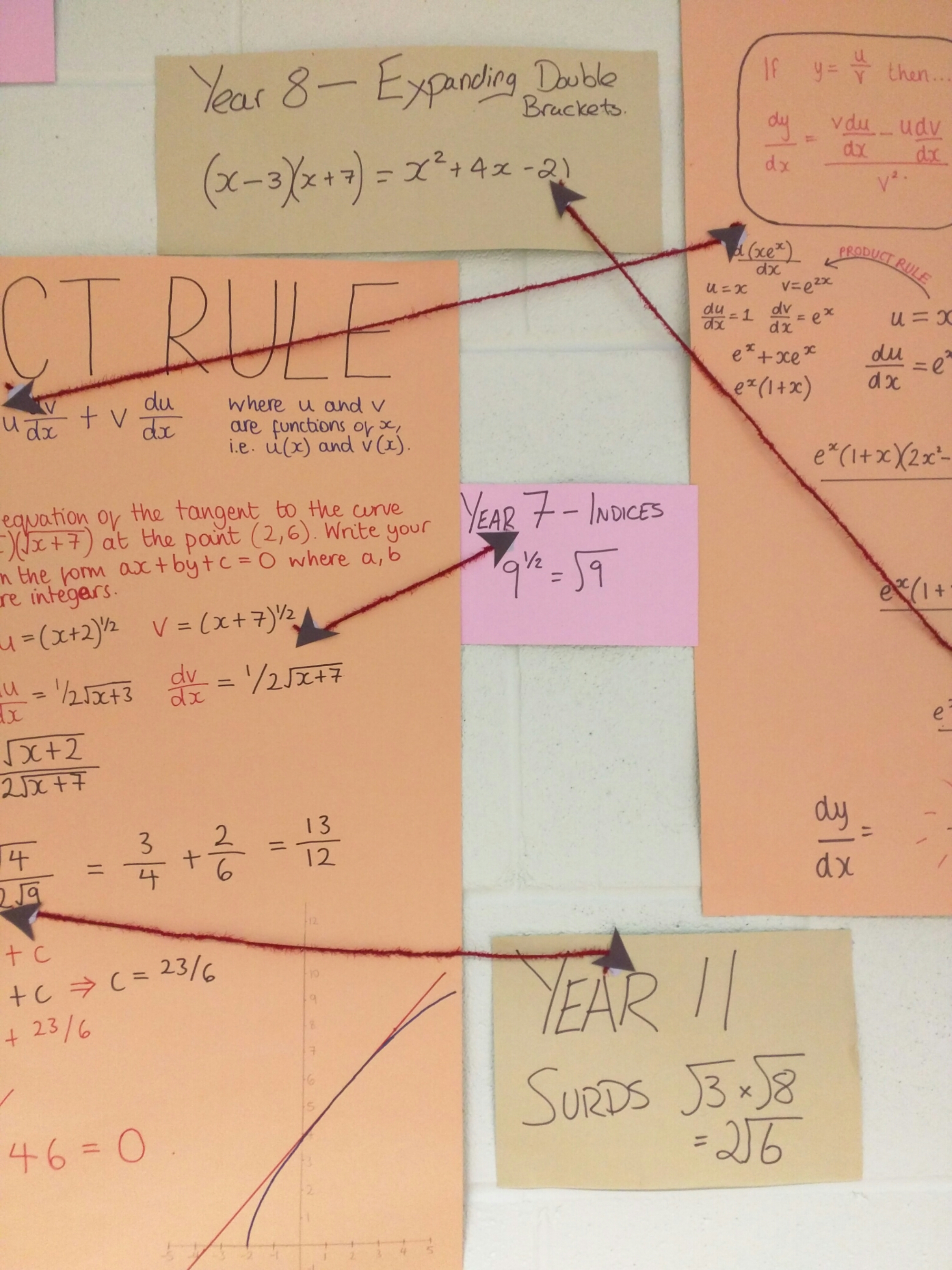You may remember this advert for Frosties cereal (US Frosted Flakes) from your childhood. If you do you’ve been around as long as me:
What was Tony’s secret formula? We never found out!
Enough reminiscing I hear you cry! How does this help anyone?
Well, in the new GCSE exam specifications the formulae sheets have gone. Specific formulae may be given in an individual question, but due to the lack of a working crystal ball we don’t know the frequency with which this will happen. To help with this I have typed up the Edexcel formulae into a PowerPoint. You can print it out and put it around the room, you could have a formula of the week, you could leave a slideshow running while students work, you could even print it small on card and make a pack of flashcards. Mine are laminated and hanging from a washing line, I’m going to move them around so that students have a varied view.
Whatever you do, increased familiarity improves retention – just think back to the posters you regularly saw as a child. I have made different versions for different situations – Edexcel vs no exam board, white background vs pale blue background, pdf vs pptx. Download whichever version you need:
Edexcel No Formulae Sheet blue (pptx)
Edexcel No Formulae sheet wihite (pptx)
Edexcel No Formulae Sheet blue (pdf)
Edexcel No Formulae Sheet white (pdf)
GCSE No Formulae Sheet blue (pptx)
GCSE No Formulae Sheet white (pptx)



